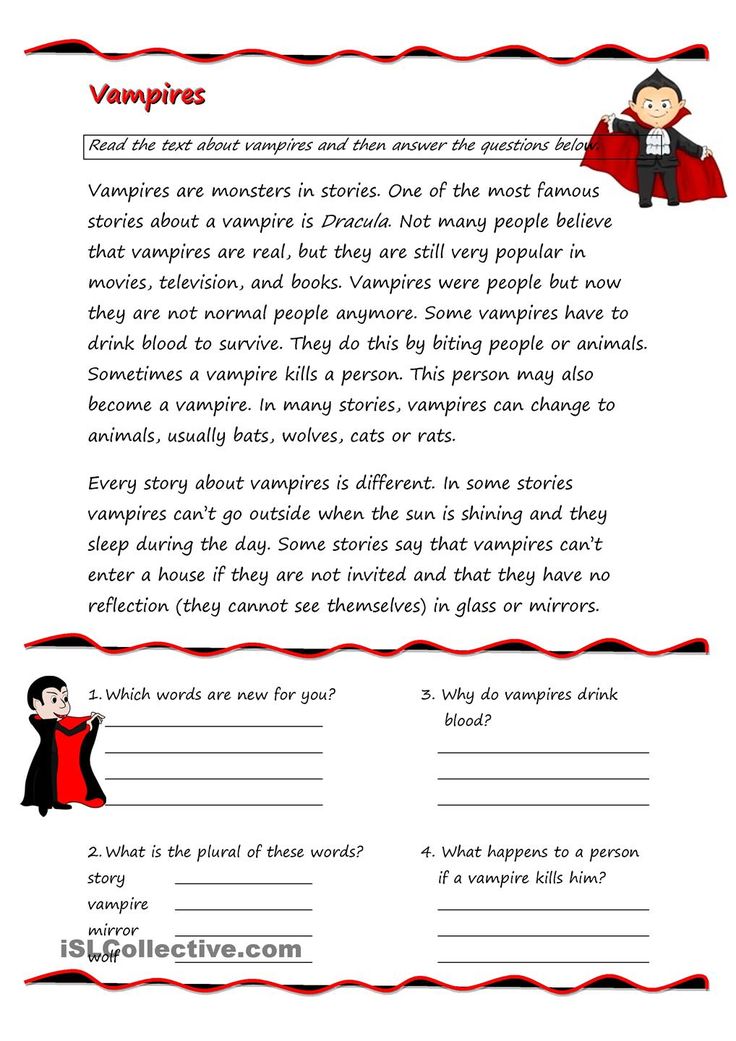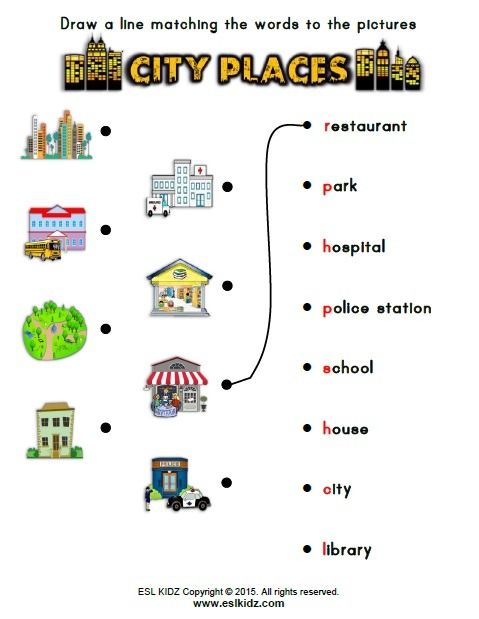The first day story
A Substance Use Prevention Education Film
Chris Herren, former professional basketball player, author and wellness advocate, has shared his story of recovery with over 1 million people nationwide. The First Day film chronicles this journey revealing Herren’s vulnerability and his profound connections with high school students who, in turn, have shared their stories of struggle and strength. Through the power of storytelling, The First Day addresses issues that school systems, communities and people across the country are impacted by, directly or indirectly, each day including substance use, other harmful behaviors and mental wellness.
Chris Herren, former professional basketball player, author and wellness advocate, has shared his story of recovery with over 1 million people nationwide. The First Day film chronicles this journey revealing Herren’s vulnerability and his profound connections with high school students who, in turn, have shared their stories of struggle and strength. Through the power of storytelling, The First Day addresses issues that school systems, communities and people across the country are impacted by, directly or indirectly, each day including substance use, other harmful behaviors and mental wellness.
To watch, simply click on the thumbnails
Filmed at public and private high schools over the course of a year, The First Day chronicles Chris Herren’s journey revealing stories of struggle and strength.
To accompany the film, a discussion guide has been created in English and Spanish with conversation starters, screening information and resources.
A teacher toolkit, common core aligned lesson plans and activities in English and Spanish have been developed to support the film themes.
15% of all proceeds generated from the film will be used by nonprofit partners to support programs and resources for individuals and families.
The First Day (TRT: 47:02) is available for individual rental, immediate purchase and download on the film’s VIMEO platform. The film is available with subtitles and Spanish subtitles. Please select from the menu below to ensure you are able to access the correct supporting materials in English or Spanish including the discussion guide and if you are a school or school system, the film’s exclusive educational materials. Please note, support materials are not included for the film rental.
Please note, support materials are not included for the film rental.
Individuals
$9.99
Available for a 72-hour rental period and intended for a general viewing audience, you may rent and view The First Day Film. The rental license does not extend to a school, corporate, recovery center or community screening. The fee does not include the film’s screening guide or educational materials. To access the film with sub-titles, please contact our team by emailing [email protected].
RENT NOW >
Schools | School Systems
School: $995.00
School System: $1,795.00
If you are a school or school system and would like to purchase the film and educational materials, please complete the form below. Once submitted you will be able to preview the film, the teacher’s toolkit, parent letter and lesson plans prior to completing your purchase.
PREVIEW FILM AND MATERIALS NOW >
ORDER NOW SCHOOL>
ORDER NOW SCHOOL SYSTEM>
Nonprofit | Community Groups
$495. 00
00
To accompany the film, a screening guide has been created to include background information on Chris Herren, the filmmaker, Jonathan Hock, and information about substance use disorder and the opioid epidemic. Discussion starters and dialogue prompts are highlighted to include aligned themes for parents, communities, and colleges. The screening guide also provides resources for those seeking additional information or help for substance use disorder.
ORDER NOW >
Colleges | Corporate
$750.00
To accompany the film, a screening guide has been created to include background information on Chris Herren, the filmmaker, Jonathan Hock, and information about substance use disorder and the opioid epidemic. Discussion starters and dialogue prompts are highlighted to include aligned themes for the workplace. The screening guide also provides resources for those seeking additional information or help for substance use disorder.
ORDER NOW >
Recovery Centers
$750.00
To accompany the film, a screening guide has been created to include background information on Chris Herren, the filmmaker, Jonathan Hock, and information about substance use disorder and the opioid epidemic. Discussion starters and dialogue prompts are highlighted to include aligned themes for recovery centers and individuals diagnosed with addiction.
ORDER NOW >
MEET THE FIRST DAY FILMChris Herren
Speaker & Wellness Advocate
chrisherren.com
From speaking to helping individuals navigate a path to recovery. Chris has dedicated his life to helping others.
Jonathan Hock
Emmy Award Winning Director
hockfilms.com
An award winning documentarian, Jon directed the ESPN Films 30 for 30 featuring Chris “Unguarded”.
Partnership to End Addiction
Presenting Sponsor
drugfree. org
org
Partnership to End Addiction is a national nonprofit providing personalized support and resources for families impacted by addiction, while mobilizing policymakers, researchers and health care professionals to more effectively address addiction systemically on a national scale.
Cigna
Presenting Sponsor
cigna.com
Cigna Corporation is a global health service company dedicated to improving the health, well-being and peace of mind of those we serve. Cigna delivers choice, predictability, affordability and access to quality care through integrated capabilities and connected, personalized solutions that advance whole person health.
Partnership to End Addiction
Nonprofit Partner
drugfree.org
Partnership to End Addiction is a national nonprofit providing personalized support and resources for families impacted by addiction, while mobilizing policymakers, researchers and health care professionals to more effectively address addiction systemically on a national scale.
Herren Project
Nonprofit Partner
herrenproject.org
Herren Project is a nonprofit organization focused on treatment, recovery and prevention of substance use disorder with the mission to support, inspire and empower.
Looking at Looking – the pva creative writing review
On By profrolIn intro fiction
Techniques tracked:
-appealing to the senses
-turning sense appeal into plot
-looking at looking
-conflict, crisis, resolution
Edward P. Jones’ “The First Day” is a deceptively simple story that provides us with the rich sensory experience of a little girl’s first day of school, or that which immediately precedes it. The arc of the story actually consists of her wardrobe preparations, then the registration process, and ends with the girl entering her classroom to officially start the school day. Of course, if the story consisted of her breezing through these preparations, it would merely be anecdote; we must hit some hitches for it to qualify as a “story.”
Of course, if the story consisted of her breezing through these preparations, it would merely be anecdote; we must hit some hitches for it to qualify as a “story.”
There’s already some tension injected between past and present in the very first line:
On an otherwise unremarkable September morning, long before I learned to be ashamed of my mother, she takes my hand and we set off down New Jersey Avenue to begin my very first day of school.
Though we might not realize it yet, the story has basically proclaimed itself in the first line: this will be the beginning of the narrator learning to be ashamed of her mother. The hitches that occur will somehow influence this shame, and after we go through the sensory experience of preparing for school—the smell of hair grease, the pinch of plaited hair, the look and feel of the special shoes and socks and underwear, the details richly observed as this is a special occasion and so they are all unusual, noteworthy—the hitches begin during the registration process.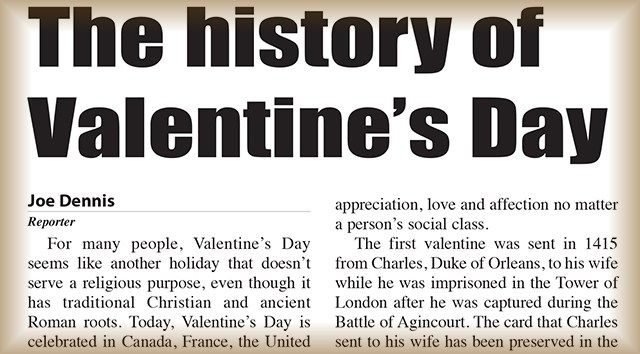 The first hitch is when they’re told the narrator can’t go to school at the one her mother always pointed out and declared her daughter would go to. The past enters the narrative here as the little girl recalls her mother pointing out the school:
The first hitch is when they’re told the narrator can’t go to school at the one her mother always pointed out and declared her daughter would go to. The past enters the narrative here as the little girl recalls her mother pointing out the school:
For as many Sundays as I can remember, perhaps even Sundays when I was in her womb, my mother has pointed across I Street to Seaton as we come and go to Mt. Carmel. “You gonna go there and learn about the whole world.”
This memory shows not only that this particular location is important to the mother, but that the daughter has observed this importance. The mother has had a vision for her daughter’s future, and the daughter is aware that that vision is being challenged. The second hitch comes when the mother has to ask for help filling out the forms:
“This form. Would you mind helpin me fill it out?”
The woman still seems not to understand.
“I can’t read it. I don’t know how to read or write, and I’m askin you to help me.
” My mother looks at me, then looks away. I know almost all of her looks, but this one is brand new to me. “Would you help me, then?”
Jones doesn’t explicitly tell us outright how the little girl’s view of her mother has changed, which would read something along the lines of, “Now I knew my mother couldn’t read.” Instead, the physical details the character observes, the new look, do this work. This character is very observant of looks; just a few sentences later we get:
My mother is now diseased, according to the girl’s eyes…
The story is about how the mother changes in the daughter’s eyes, and the daughter’s eyes change based on the other eyes she sees: the way she sees changes based on how she sees others seeing things (welcome to the world of peer pressure). Looks continue to be noted as the mother reprimands the daughter for staring at the girl who is staring at the mother who’s asked for help:
“Don’t stare,” my mother says to me.
“You know better than that.”
But then, upon the mother’s being introduced to another woman:
She’s to be my teacher, she tells my mother. My mother stares.
Her violating her own dictum so shortly after uttering it shows us that her daughter can’t take everything her mother says at face value, which is exactly the lesson the daughter is learning here. As her child is about to be taken away, this mother’s either losing her self-possession or a hypocrite or both.
As they’re about to part ways, the daughter presses her mother’s lips together, part of a game they have, but the mother doesn’t play along like she usually does, signaling their impending separation: things will no longer be the way they used to. Then, the observation of a couple of critical sensory details occurs at the very end when the narrator’s finally left in the classroom:
I see where she has darned one of her socks the night before. Her shoes make loud sounds in the hall.
She passes through the doors and I can still hear the loud sounds of her shoes. And even when the teacher turns me toward the classrooms and I hear what must be the singing and talking of all the children in the world, I can still hear my mother’s footsteps above it all.
At the end, simple physical description has evolved into a description of so much more. When the narrator observes that her mother’s socks are darned, she’s observing a literal seam that stands in for a figurative one: she sees the seams in her mother’s character, the weaknesses—i.e., her inability to read, which opens the door to the question of her other inabilities—that she was not aware of before. She’s specifically observing her mother’s flaws. “The first day” of the title on the surface refers to the first day of school, but is really the first day of something else as well, the first day of having a new understanding of her mother. But while the seeds for the shame from the opening line have been planted, they haven’t bloomed quite yet. That the sound of her mother’s steps is louder than the surrounding children’s voices demonstrates that the mother’s presence is still more powerful to the daughter than the impressions and opinions of her peers (that, or she’s embarrassed by how loud the shoes are). This conclusion doesn’t leave the daughter feeling sorry for her mother after learning her mother can’t read, but rather the opposite—it seems you could read it that she’s implicitly proud her mother has endured the embarrassment of having her weakness exposed for her sake. She’s learned plenty before the school day’s even started.
That the sound of her mother’s steps is louder than the surrounding children’s voices demonstrates that the mother’s presence is still more powerful to the daughter than the impressions and opinions of her peers (that, or she’s embarrassed by how loud the shoes are). This conclusion doesn’t leave the daughter feeling sorry for her mother after learning her mother can’t read, but rather the opposite—it seems you could read it that she’s implicitly proud her mother has endured the embarrassment of having her weakness exposed for her sake. She’s learned plenty before the school day’s even started.
So, to sum up, the conflict that sets the story in motion is that the daughter needs to go to school. The crisis is that in the course of attempting to do so, the daughter learns her mother can’t read. The resolution is that she’ll go to school, with the implication being that she’ll learn to do what her mother couldn’t, and become ashamed of her mother for it.
-SCR
Like this:
Like Loading. ..
..
History and traditions of celebrating May Day
https://ria.ru/20130501/934790785.html
History and traditions of celebrating May Day
History and traditions of celebrating May Day - RIA Novosti, 01.05.2013
9003The holiday, which is celebrated in Russia, the United States and a number of countries in Europe, Africa, Latin America and Asia on the first day of May, is known under several names at once - International Workers' Day, Spring and Labor Day, Labor Day, Spring Day.
2013-05-01T09:00
2013-05-01T09:00
2013-05-01T09:01
/html/head/meta[@name='og:title']/@content
3 /html/head/meta[@name='og:description']/@content
https://cdnn21.img.ria.ru/images/sharing/article/934790785.jpg?6387495161367384508
all over the world
RIA Novosti
1
5
4.7
96
7 495 645-6601
Rossiya Segodnya
https: //xn---c1acbl2abdlkab1og. xn--p1ai/Awards/
xn--p1ai/Awards/
2013
RIA Novosti
1
5
4.7
9000 9000
49000 7 645-6601
FSUE MIA Rossiya Segodnya
https://xn--c1acbl2abdlkab1og.xn--p1ai/awards/
News
ru-RU
https://ria.ru/docs/about /copyright.html
https://xn--c1acbl2abdlkab1og.xn--p1ai/
RIA Novosti
1,000 .xn-p1ai/ awards/
RIA Novosti
1
5
4.7
9000
7 495 645-6601
FSUE MIA "Russia Today"
2222 https://xn--c1acbl2abdlkab1og.xn--p1ai/awards/
RIA Novosti
1,000 .xn--p1ai/awards/
information, May holidays: processions, traffic jams, weather, the whole world, May Day actions in Russia and the world
Information, May holidays: processions, traffic jams, weather, Worldwide, May Day actions in Russia and the world
The holiday, which is celebrated in Russia, the USA and a number of countries in Europe, Africa, Latin America and Asia on the first day of May, is known under several names at once - International Workers' Day, Spring and Labor Day, Labor Day, Spring Day. In Soviet times, most Russians called this holiday according to the date it was held - May 1 or May Day.
In Soviet times, most Russians called this holiday according to the date it was held - May 1 or May Day.
The emergence of the tradition of celebrating May Day is connected with the events that took place in Chicago in the 19th century. On May 1, 1886, large-scale rallies and demonstrations of workers began in the city, demanding from their employers the introduction of an eight-hour working day. The action ended in clashes with the police. On May 3, at the Cyrus McCormick Harvester Plant, police opened fire on strikers, killing at least two workers. On May 4, at a protest rally in Haymarket, a terrorist threw a bomb at police officers, who responded by firing into the crowd. Sixty police officers were injured, eight died, the exact number of dead workers was not determined. The police arrested hundreds of citizens, seven anarchist workers were sentenced to death.
In July 1889, the Paris Congress of the Second International, at the suggestion of the French delegate Raymond Lavigne, in solidarity with the Chicago workers, decided to hold annual labor demonstrations on May 1st.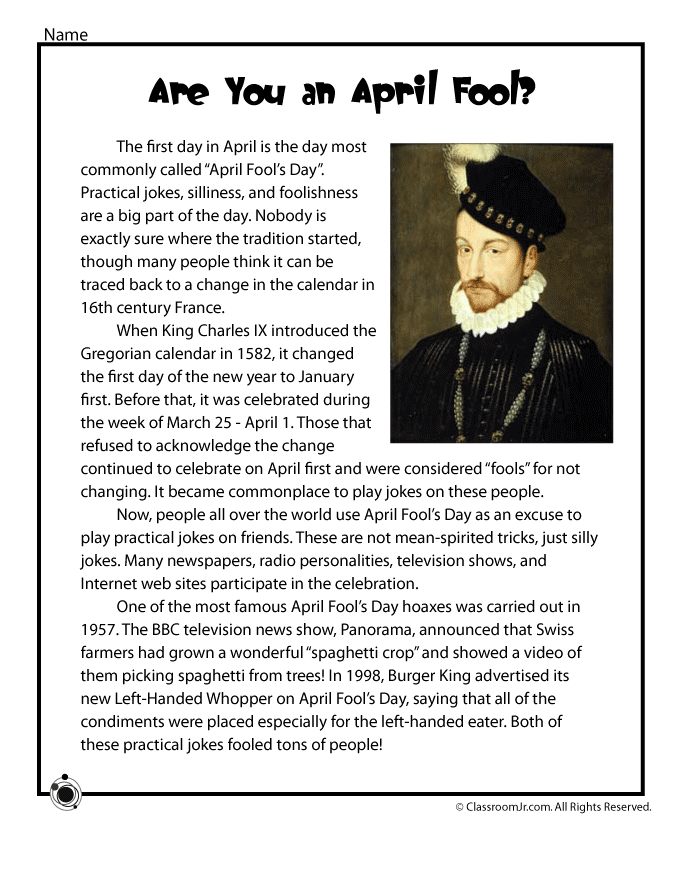
May 1, 1890 the holiday was first held in Austria-Hungary, Belgium, Germany, Denmark, Spain, Italy, USA, Norway, France and Sweden. May 4th in the UK. The main slogan of the demonstrations was the demand for an eight-hour working day.
B 189In the year 1, by decision of the Brussels Congress of the Second International, sections of the International in each country were given the right to independently set the date and form of celebration on May 1, after which in Great Britain and some other countries the manifestations were transferred to the first Sunday of May.
On May 1, 1891, the Social Democratic group of the revolutionary Mikhail Brusnev organized the first celebratory gathering of workers in Petrograd (now St. Petersburg).
The earliest form of celebrating May Day was May Day, a gathering of revolutionary-minded workers on May 1, usually outside the city, which got its name from traditional May Day picnics.
On may days, mass festive celebrations took place, political speeches were made.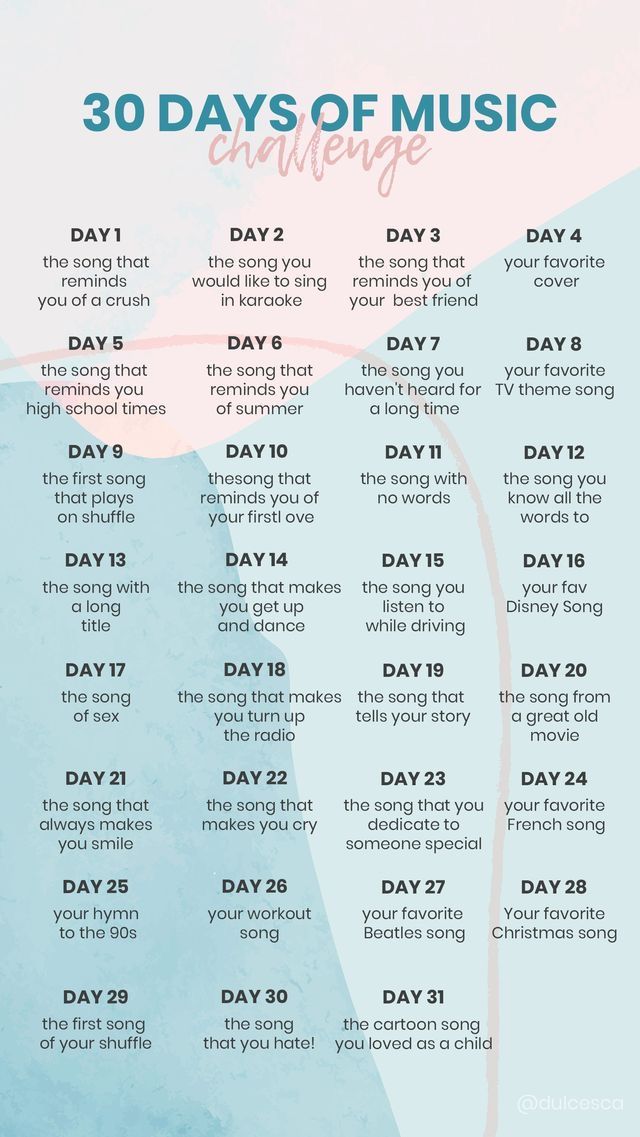
From the beginning of the 1900s, May 1 was also celebrated with strikes, rallies, and demonstrations, often held on the Sunday closest to it. The Kharkiv May Day, which took place on May 1, 1900, became the first open mass demonstration of workers in Russia, during which it was decided not to go to work and organize a street demonstration.
During World War I, performances on Workers' Solidarity Day became sporadic. At 19On the 17th year, the holiday was first freely celebrated in revolutionary Russia. On May 1 (April 18, old style), workers took to the streets with Bolshevik slogans: "All power to the Soviets!", "Down with the imperialist war!"
Since 1918 the holiday has become official. It was enshrined in the Code of Labor Laws (in the appendix to article 104) and received the name International Day.
In Moscow, Petrograd, Kyiv, Saratov, Voronezh and other large cities, thousands of rallies, demonstrations and marches took place.
In honor of the holiday in Moscow, the first May Day parade of the Workers 'and Peasants' Red Army took place on Khodynka field.
Military parades as part of the celebration of May 1 became traditional and were held annually. Also on this day, demonstrations and processions of workers were held, rallies and concerts were organized, reviews of successes in the construction of socialism and communism.
On July 30, 1928, by the decision of the All-Russian Central Executive Committee of the Council of People's Commissars of the RSFSR, the holidays of Soviet citizens became longer - there were two Days of the International - on May 1 and 2.
On the second day of the holiday, as a rule, mass festivities and celebrations in nature took place throughout the country.
Another classic feature of May Day celebrations is the annual parade of athletes. In 1930-1934, the choreographer Igor Moiseev became the first director of sports parades on Red Square.
On May 1, 1933, the first air parade took place over Red Square. From that moment on, air parades were held regularly until the beginning of the Great Patriotic War, as an integral part of the demonstration of Soviet military power.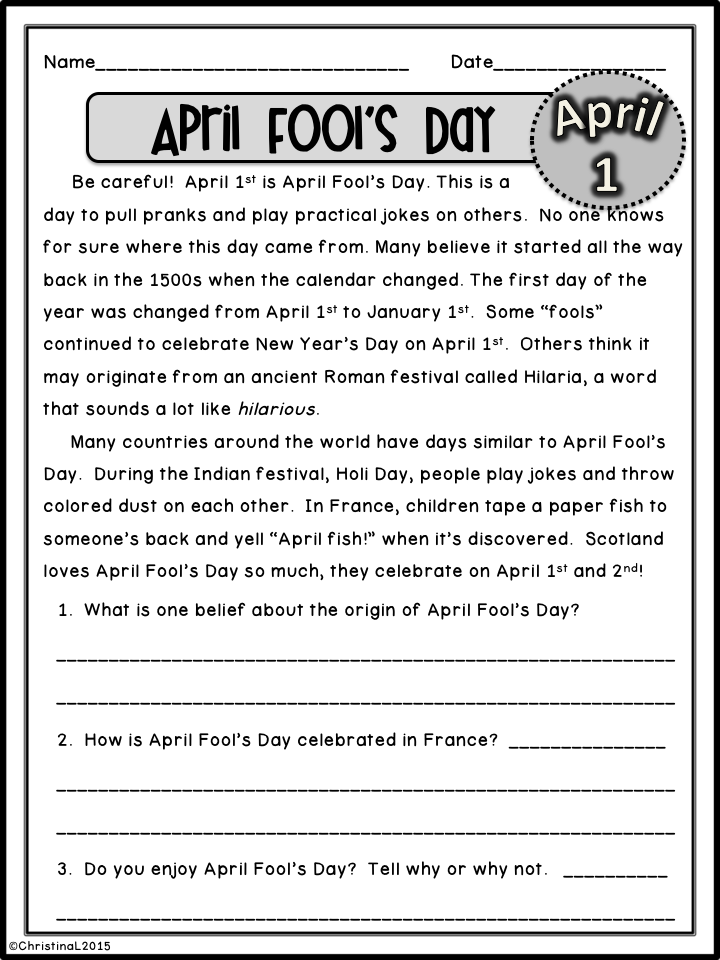 These parades showed the achievements of the Soviet aviation industry, such as the Maxim Gorky aircraft, the fastest I-16 fighter of its time, and others.
These parades showed the achievements of the Soviet aviation industry, such as the Maxim Gorky aircraft, the fastest I-16 fighter of its time, and others.
During the Great Patriotic War, parades and processions in honor of May 1 were not held.
In the era of "developed socialism" in the USSR, May Day demonstrations changed their meaning. On the day of the first of May, the working people of the USSR "expressed their solidarity with the revolutionary struggle of the working people of the capitalist countries", as well as "with the national liberation movement".
Organized columns of workers, intellectuals, students marched along the central streets of cities and towns to the marches and music of a political orientation with industrial banners. Speakers' greetings and political slogans sounded from the loudspeakers, and from the stands, usually installed near the main administrative buildings, the demonstrators were greeted by the leaders of the CPSU, government officials, industry leaders, veterans, and honorary citizens.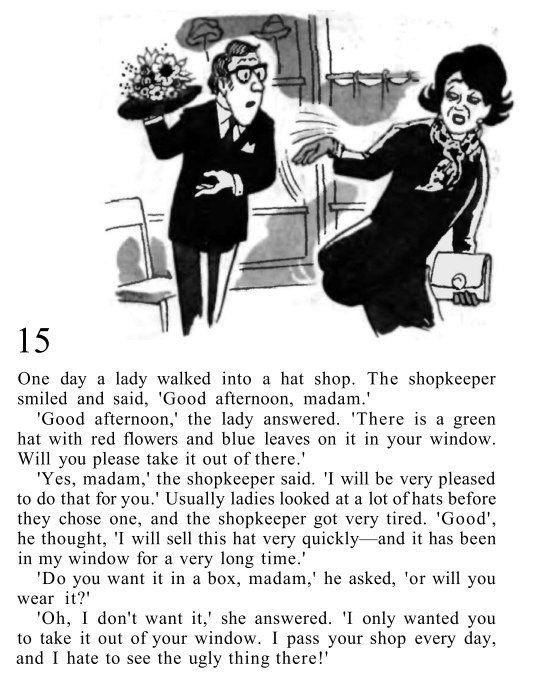
On May 1, 1956, a television report was made for the first time about the military parade and demonstration of workers on Red Square.
Since that time, festive events on Red Square have been broadcast annually by central TV channels, with inserts of demonstrations in other major cities of the country. The broadcast of the parade was accompanied by brief stories about the international situation, the implementation of the decisions of party congresses and conferences, the Heroes of Socialist Labor, the best workers of industrial enterprises, the importance of labor reserves, and the education of the younger generation.
In 1970, the Fundamentals of the USSR legislation on labor assigned a new name to the holiday: May 1 and 2 officially became the Days of International Solidarity of Workers.
On May 1, 1990, the official May Day demonstration took place for the last time.
During the demonstration, an alternative column with anti-communist and anti-Soviet slogans entered Red Square. The President of the USSR Mikhail Gorbachev and other leaders of the country left the podium of the Mausoleum, the TV broadcast of the event was stopped, and the military parade did not take place.
The President of the USSR Mikhail Gorbachev and other leaders of the country left the podium of the Mausoleum, the TV broadcast of the event was stopped, and the military parade did not take place.
In 1992, by a resolution of the Supreme Council of the Russian Federation of June 30, the Day of Solidarity of Workers was renamed the Holiday of Spring and Labor.
In 1993, the May Day demonstration of workers in Moscow ended in riots. According to official data, as a result, several dozen people were injured, and an OMON officer was killed.
In 2001, the Labor Code of the Russian Federation adopted on December 30 (Article 112) made May 2 a working day, only one day remained - May 1, as the Holiday of Spring and Labor.
In the 2000s, the tradition of May Day demonstrations continued. They are held annually in Russia, as well as in the USA, a number of countries in Africa, Latin America, Asia and Europe.
The material was prepared on the basis of information from RIA Novosti and open sources
the history and traditions of the holiday in different countries 2022
May Day: the history and traditions of the holiday in different countries 2022-
2 3906
-
3 8308
-
5 22706
Photo: pnp.ru
Unusual concerts in the Peter and Paul Cathedral. 12+
Jazz, medieval and classical music on the organ. Advertising. IP Romanenko Oleg Ivanovich. TIN 771471613250
TIN 771471613250
See schedule
history of the holiday
The origin of the May holiday was not at all a happy event. In the middle of the last century, Chicago workers took to the streets of the city demanding better working conditions and reducing the working day to eight hours. But the May Day demonstration was brutally dispersed by the police: dozens of people were seriously injured, several civilians were killed. In memory of the tragic event of 1886, the Paris Congress of the Second International established the first of May as Workers' Solidarity Day. Among the first countries to celebrate Spring and Labor Day in 1890, were Belgium, France and Germany.
Sweden
This country has joined the celebration of the International Workers' Day in its own way. Since 1908, the Swedes have celebrated White Daisy Day. Traditionally, on this day they collected money for tuberculosis patients. Chamomile, as a symbol of a natural antibiotic, was pinned on hats by men, and dresses by women. The money from the sale of flowers went to the treatment of workers from a deadly disease.
Since 1908, the Swedes have celebrated White Daisy Day. Traditionally, on this day they collected money for tuberculosis patients. Chamomile, as a symbol of a natural antibiotic, was pinned on hats by men, and dresses by women. The money from the sale of flowers went to the treatment of workers from a deadly disease.
Finland
On the night of April 30 to May 1, Finns celebrate Vappu, the main student holiday. Young people celebrate the end of the school year and the successful passing of exams. The symbol of the holiday is white student caps, which on this night, in a fit of nostalgia, people of the older generation can also try on. Exactly at 18:00 in Helsinki, a white cap is put on a bronze statue of a nymph.
USA
Despite the fact that the first of May, Americans celebrate three holidays at once - Law Day, Children's Health Day and Loyalty Day - the country does not declare an official holiday. Labor Day is celebrated in the states on the first Monday in September.
Italy
The first of May in Italy is marked by violent demonstrations and political rallies. Although in ancient times, celebrations dedicated to nature were held on this day. People worshiped the goddess of flowers Flora and the goddess of fertility Maya. There was a tradition to decorate trees with ribbons and flowers.
People worshiped the goddess of flowers Flora and the goddess of fertility Maya. There was a tradition to decorate trees with ribbons and flowers.
Spain
As in most countries, on a holiday the Spaniards take to the streets with manifestos for the protection of workers' rights. And the very next day, the second of May, Madrid Day is celebrated. This date is connected with the events of the war of 1808-1814.
Germany
During the reign of Adolf Hitler, National Labor Day was marked by aggressive political rallies.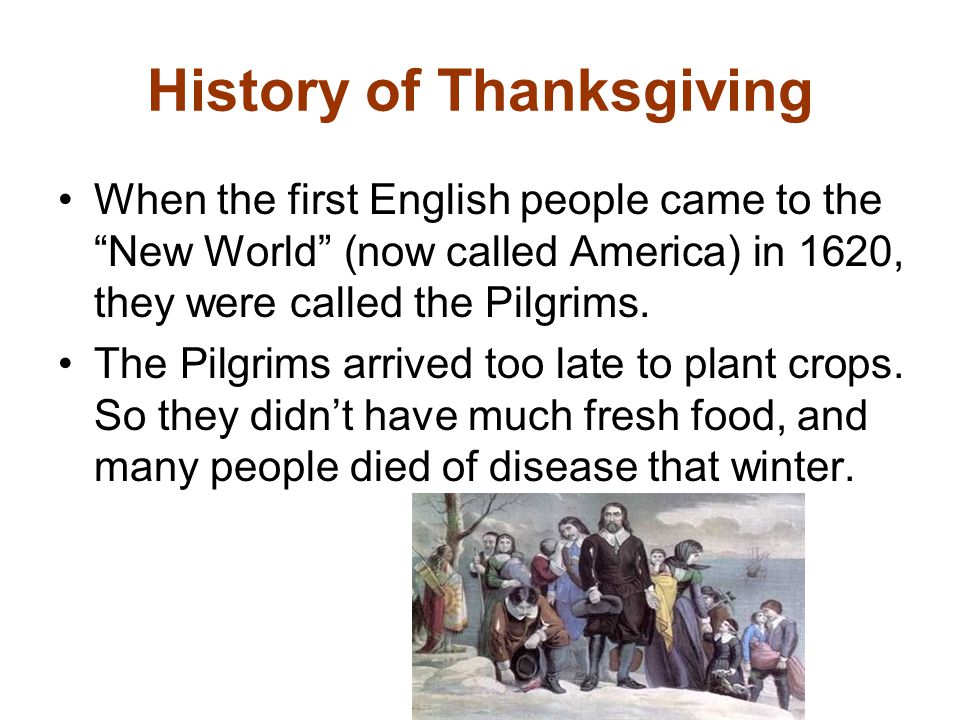 Today, on the first of May, clashes between representatives of various political parties are still taking place in the center of Berlin. In many cities, police patrols are on duty on the streets.
Today, on the first of May, clashes between representatives of various political parties are still taking place in the center of Berlin. In many cities, police patrols are on duty on the streets.
France
The French celebrate two holidays on the first of May: Labor Day and Lily of the Valley Day. The main symbol of May Day - bouquets of white flowers - are given to loved ones. It is believed that such a gift brings happiness. Therefore, the French are in no hurry to arrange pickets, but go to flower shops.
Canada
Residents of this country use the official day off for recreation and fun. In addition to the national Labor Day, Canadians celebrate Gopher Day - an ethnic holiday. The Indians of Saskatchewan were the first to celebrate this date several centuries ago.
In addition to the national Labor Day, Canadians celebrate Gopher Day - an ethnic holiday. The Indians of Saskatchewan were the first to celebrate this date several centuries ago.
Great Britain
May 1st is a legal Red Day in the UK, celebrated since 1977. The status of a holiday was assigned to him by the Laborites, the party in power at that time. Much has changed over the years, but May Day was not touched. Interestingly, in some regions of the kingdom, celebrations are held on the same day for a different reason. For example, in Scotland they walk in honor of the medieval holiday Beltane, dedicated to the god of fertility and the sun, Belenes. According to ancient traditions, two huge bonfires were lit on a special site, between which livestock were led. It was believed that this procedure would protect animals from diseases. People also jumped over fires to cleanse themselves of sins. Over the years, competition in incendiary acrobatics has become less frequent, but, for example, in Edinburgh, the tradition has been turned into a large-scale fire festival. At least 12,000 curious people come to Calton Hill every year to watch the grandiose performance.
It was believed that this procedure would protect animals from diseases. People also jumped over fires to cleanse themselves of sins. Over the years, competition in incendiary acrobatics has become less frequent, but, for example, in Edinburgh, the tradition has been turned into a large-scale fire festival. At least 12,000 curious people come to Calton Hill every year to watch the grandiose performance.
China
People also have a rest in this country on the first of May. On Labor Day, political leaders address the people, factories and factories reward the best workers. The day ends with festive concerts.
Hawaii
On the first of May, the Hawaiian Islands celebrate the festival of lei - flower necklaces. During the first week of May, residents weave these decorations to take part in colorful carnivals. Lei day is celebrated from 1928 years old
During the first week of May, residents weave these decorations to take part in colorful carnivals. Lei day is celebrated from 1928 years old
Netherlands
The country, which is already famous for its tulips, pays special honor to these flowers for two weeks - in the last April and the first May. And the height of the Tulip Festival falls just on the first Sunday of May, which is also called Bulb Sunday. In the Dutch villages, where old traditions are alive, on May 1, boys and girls are divided into pairs, and the compiled list is hung in the most visible place so that everyone can see the betrothed and mummers.
Scandinavia
To whom is peace, labor and May, and to whom is Cuckoo Day. Residents of the Scandinavian countries on May 1 conduct various rituals that drive away trolls, witches and other evil spirits. This entertainment program, which is taken extremely seriously here, is interesting to watch. The ubiquitous flames from fires, round dances and noisy musical concerts - in the fight against demons that can interfere with cattle pasture and harm people, all means are good.
Residents of the Scandinavian countries on May 1 conduct various rituals that drive away trolls, witches and other evil spirits. This entertainment program, which is taken extremely seriously here, is interesting to watch. The ubiquitous flames from fires, round dances and noisy musical concerts - in the fight against demons that can interfere with cattle pasture and harm people, all means are good.
Greece
On the first of May, a real spring festival is celebrated in Greece. Without thinking about the workers and their solidarity, local children go in search of the first spring swallows from early morning. As soon as they find them, they arrange a big walk through the streets and sing festive songs, for which they receive generous treats from their neighbors: fruits, pies and nuts.
South Korea
Residents of South Korea are sure that May 1 is Buddha's birthday. It is this high-profile event that is being celebrated here, while parades of workers are being held in Russia. And if initially the celebration was purely religious, over the years it has acquired a more secular character, and in the cities of South Korea, festive processions with songs and dances are held every now and then in honor of the great teacher.
South Africa
African-style May Day, oddly enough, has more to do with workers than you might think.



